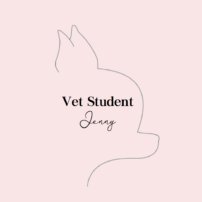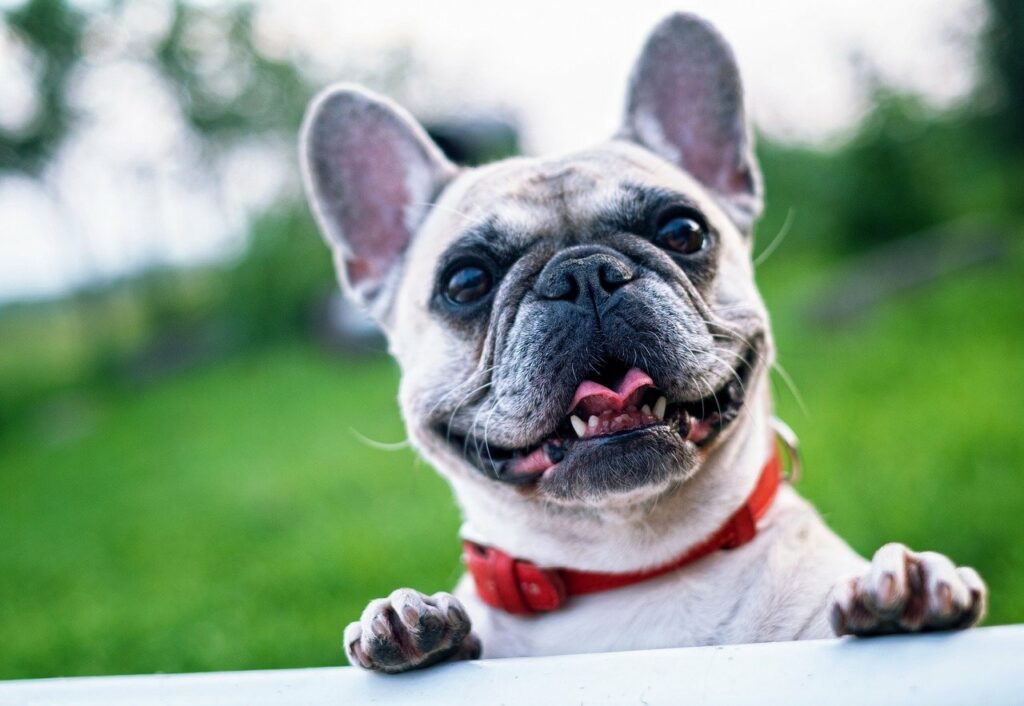Table of Contents
What Does Brachycephalic Mean?
Brachycephalic stands for a shortened head. This results in the animal having a shortened and “squished” face. Some of the breeds of dogs that have this conformation are Boxers, Shih Tzus, Chihuahuas, Boston Terriers, Pugs, French and English Bulldogs. These breeds are deliberately bred to have a shortened head and snout. But, this comes with a cost- their health. Being brachycephalic can greatly affect their ability to breathe due to brachycephaic syndrome.

What Is Brachycephalic Syndrome?
Due to the shape of their face, these breeds of dogs may develop brachycephalic airway syndrome. This affects their upper airway system. This syndrome most commonly consists of having stenotic nares, an elongated soft palate, and everted laryngeal saccules. Some other complications of this syndrome can involve the nasopharyngeal turbinates, laryngeal collapse, and having a hypoplastic trachea. Together, these characteristics cause increased airway resistance. This resistance makes it challenging for them to inspire air resulting in breathing difficulties.
List of Characteristics
Stenotic Nares: The nares are commonly known as nostrils and stenotic refers to constriction. So, having stenotic nares means that the animal’s nostril openings are very small. The reduced size of their nostrils makes it difficult to inspire an adequate amount of air. This results in having to use more force to breathe in.
Elongated Soft Palate: The soft palate is located at the roof of the mouth, towards the back. Having an elongated soft palate is when the soft palate is too long for their mouth. This additional length creates extra tissue near the trachea (windpipe). This means that it can partially obstruct airflow into the trachea, making it difficult to breathe.
Everted Laryngeal Saccules: This is soft tissue that is located in the larynx. They can become everted from the extra force required to inspire air. Becoming everted causes them to get in the way of the trachea. This further obstructs airflow into the trachea.
Nasopharyngeal Turbinates: This is the tissue that warms and humidifies inspired air. In these breeds, the turbinates may be extended into the pharynx. This further contributes to airflow obstruction.
Laryngeal Collapse: This is when the larynx is not able to function properly. So it is not able to open as well as it normally would. This makes it very challenging to inspire air.
Hypoplastic Trachea: This is when the trachea has not developed properly. The cartilage rings of the trachea are too small. Therefore, the diameter of the trachea is too small. This decrease in size restricts airflow.
Symptoms Of Brachycephalic Syndrome
Brachycephalic breeds typically breathe much louder than average dogs. You may notice that your dog snorts, and snores. While this may be cute, it is, unfortunately, an indication of brachycephalic syndrome. Moreover, they tend to breathe much louder when breathing in compared to breathing out as it is more difficult. Another symptom is exercise intolerance. You may find that your pet doesn’t want to exercise, or is unable to because of their breathing difficulties. When they do exercise you may notice that their mucous membranes (gums) turn a blue/purple colour. This is indicative of poor oxygenation.
For these breeds, it is easier to breathe through their mouth, than their nose so this is another indication of brachycephalic syndrome. Another characteristic of these breeds is sleeping on their back. They will often do this because the tissue(s) causing airflow resistance will move out of the way when lying on their back. Therefore, making it easier to breathe.
These symptoms can be enhanced when in hot and humid weather. As time goes on the symptoms may worsen, and secondary complications may arise. The increased respiratory effort required to breathe can put a strain on the heart and other organs. If you notice any of these symptoms notify your veterinarian so you can make an appropriate care plan for your pet.
Summary of Symptoms:
- Loud breathing- snorting, and snoring
- Exercise intolerance
- Panting (breathing through their mouth is easier)
- Sleeping on their back
- Inability to tolerate heat and humidity
Diagnosing Brachycephalic Syndrome
To confirm if your pet has brachycephalic airway syndrome a physical exam can be done by your veterinarian. Your vet will be able to see the stenotic nares and assess the severity. Moreover, your vet will examine your pet’s ability to breathe. It is important to inform your vet if you have noticed any of the symptoms listed above as that will aid in diagnosis as well. To determine if there is an elongated soft palate or protruding laryngeal saccules anesthesia will be required. If your pet is young, this is something that could be further assessed when they are in for their spay/neuter surgery.
What Is The Treatment?
Some of the characteristics of this syndrome can be treated surgically while other forms of treatment involve the animal’s environment. Surgery can be done to reduce the effects of the stenotic nares, laryngeal saccules, and elongated soft palate. Oftentimes these corrections are paired with the spay/neuter surgery since they are already under anesthesia. That being said, surgery does not completely remove all effects of brachycephalic syndrome.
At Home Care Tips
Environmental changes can also be made to help these breeds. They do not tolerate heat well, making them a candidate for heatstroke. This makes it very important to keep these breeds out of hot weather. Keep them in air-conditioned areas when possible. As for exercise, if you notice they have difficulty with exercise, do not push it. Limit them to an amount of exercise they can easily handle without stressing their body.
As for their diet, it is important to keep these breeds at a healthy weight. Being overweight can exacerbate brachycephalic airway syndrome. There are specific food bowls created for these breeds as well. The bowls make it easier for them to reach into their bowl with their short and wide face without putting pressure on their neck. Another tip for caring for these breeds is to use a harness instead of a collar. Using a collar can put pressure on their neck. This pressure can further contribute to their breathing difficulties.

